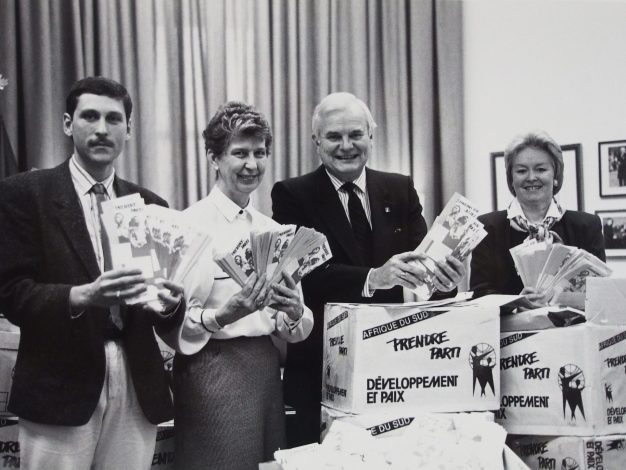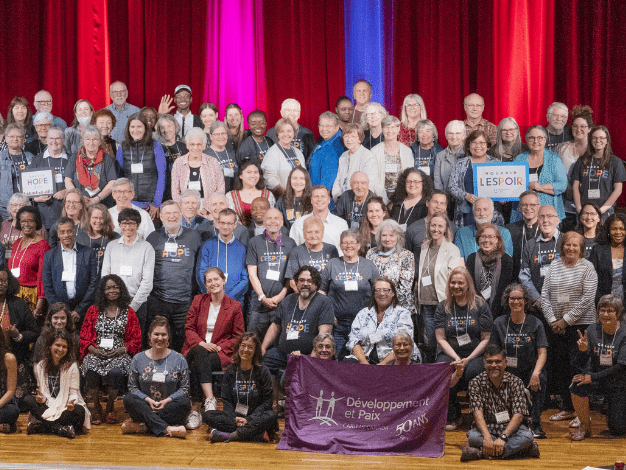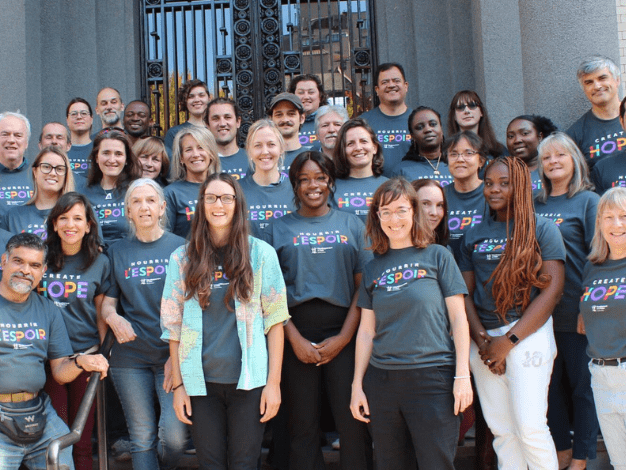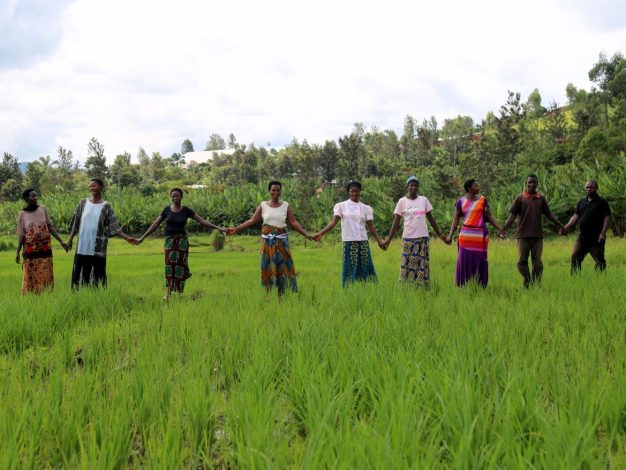Development and Peace — Caritas Canada, the official international development organization of the Catholic Church in Canada, is a democratic movement for global solidarity rooted in Catholic Social Teaching.
We are the Canadian member of Caritas Internationalis, a global confederation of over 160 Catholic organizations around the world.
We have over 12,800 members across Canada who are at the heart of our democratic movement.


Four main approaches guide our work abroad and in Canada:




Discover our priorities and strategies for growth over the next five years (2023-2028).
Founded in 1967 by the Canadian Conference of Catholic Bishops, Development and Peace — Caritas Canada has become one of the most important international solidarity organizations in the country.




Find out more about our governance structures, made up of our +12,800 members from all over the country.
In Montreal and across Canada, our team of committed people is working hard to reduce injustice and poverty around the world.




We are part of several Canadian and international networks that share our vision of a more just and equitable world.
About us
Our work
Get involved
Ways to give
Resources
Get in touch
555 René-Lévesque Blvd. West, 8th Floor
Montreal (Quebec) Canada H2Z 1B1
Phone: 514-257-8711
Toll-free: 1-888-234-8533
Fax: 514-257-8497
Email: info@devp.org
Website: www.devp.org
Charity number: 1 1882 9902 RR 0001


Our international cooperation program is carried out in part with the financial support of the Government of Canada acting through Global Affairs Canada.
Development and Peace — Caritas Canada is the official international solidarity organization of the Catholic Church in Canada and the Canadian member of Caritas Internationalis.
Copyrights © 2024
Don’t miss anything about the work of our international partners or our awareness and mobilization campaigns.
Sign up now for our newsletter.